Welcome to PowerGenius, your trusted source for valuable insights into the world of Electrical Engineering and Electrical Safety. In this article, we will delve into the critical topic of electrical safety, specifically focusing on best practices and guidelines for engineers to ensure electrical safety in their work. Electrical systems play a pivotal role in powering our homes, industries, and infrastructure in the modern world. However, it is of utmost importance to prioritize electrical safety when working with electricity to prevent accidents, injuries, and even fatalities.
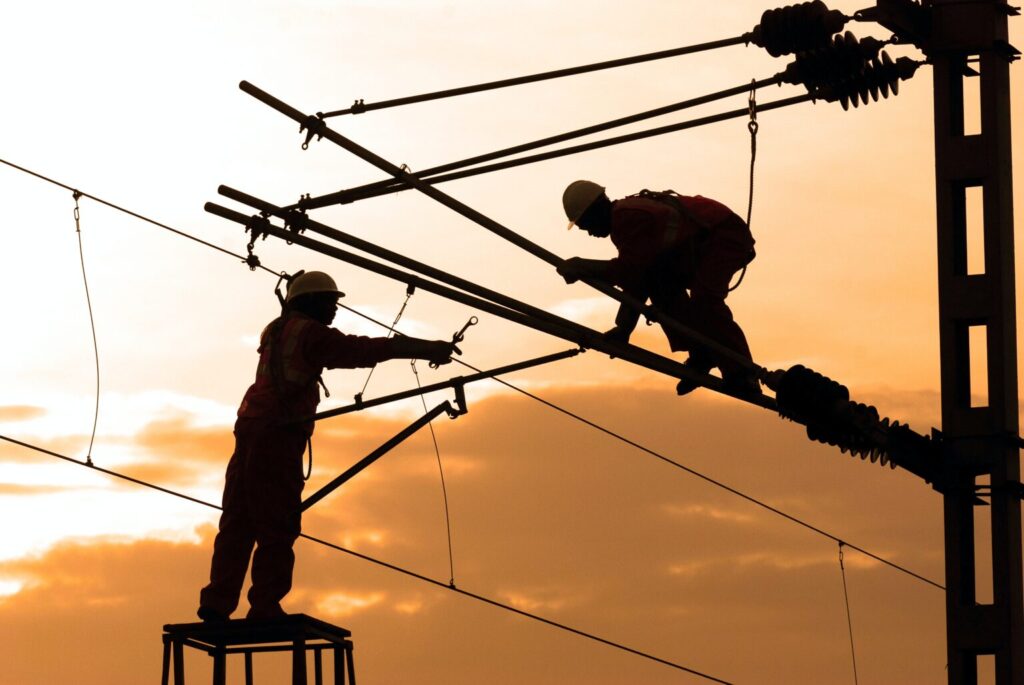
Electrical engineering professionals, in particular, hold a significant responsibility to prioritize and uphold the highest standards of electrical safety. By diligently following established best practices and guidelines, engineers can establish a robust culture of safety, safeguarding themselves, their team members, and the general public from potential electrical hazards. So, let’s embark on this exploration and uncover the essential principles and practices that every engineer should be well-versed in to ensure comprehensive Electrical Safety.
Best Practices And Guidelines For Electrical Safety
Understanding Electrical Hazards

To promote safety, it is crucial for engineers to have a comprehensive understanding of electrical hazards. These hazards can include electric shock, arc flash, fires, and explosions, etc. By being aware of the risks, engineers can take appropriate precautions and design systems that prioritize safety.
Adhering to Electrical Codes and Standards
Electrical codes and standards are established to ensure the safe installation, operation, and maintenance of electrical systems. Engineers must stay up-to-date with the latest codes and standards relevant to their work and follow them diligently. This includes understanding requirements for wiring, grounding, circuit protection, and equipment selection.
Conducting Risk Assessments
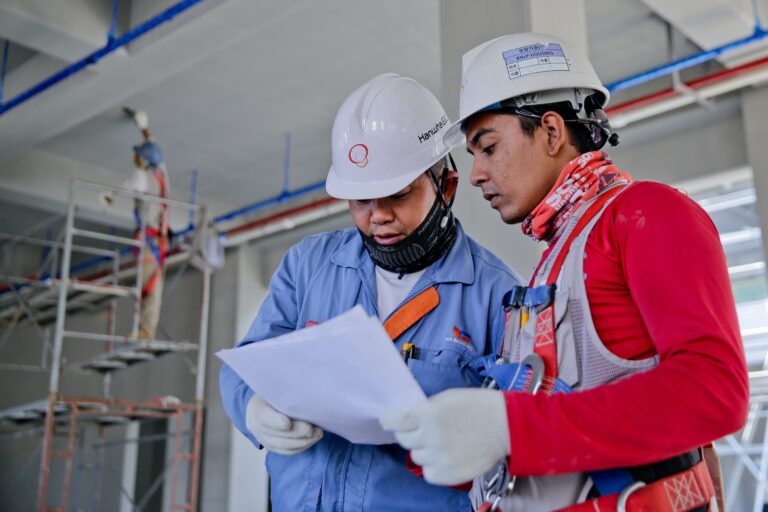
Before starting any electrical project, engineers should conduct thorough risk assessments. This involves identifying potential hazards, evaluating their likelihood and severity, and implementing measures to eliminate or mitigate those risks. Risk assessments help engineers anticipate and address safety concerns proactively.
Proper Training and Certification
Continual learning and professional development are essential for engineers to stay updated on safety practices. Pursuing certifications and training programs specific to electrical safety can enhance an engineer’s knowledge and expertise. This includes certifications for Electrical Safety Compliance, Training for Emergency Response Planning, and attending workshops or seminars on electrical safety.
Personal Protective Equipment (PPE)
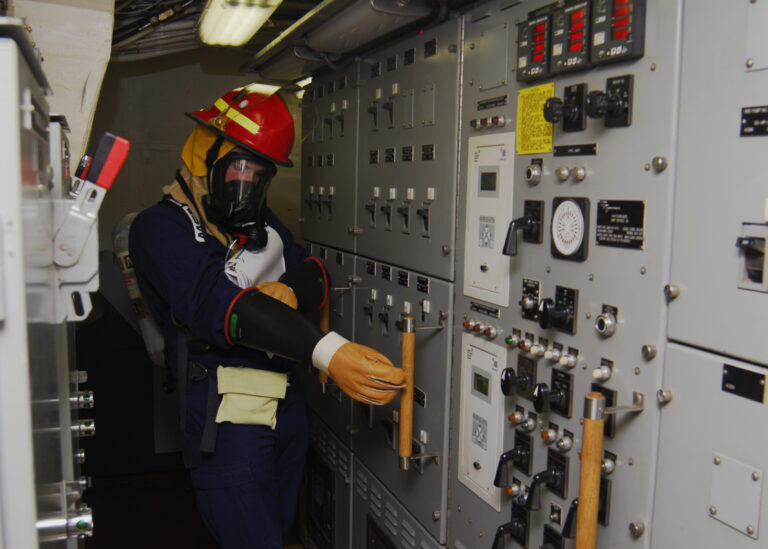
Using appropriate Personal Protective Equipment (PPE) is vital in minimizing the risk of electrical hazards. Engineers should be equipped with safety gear such as insulated gloves, safety shoes, rubber mats, flame-resistant clothing, and arc/flash resistive face visors, depending on the nature of the work. Regular inspection and maintenance of PPE should also be prioritized.
Proper Lockout/Tagout Procedures
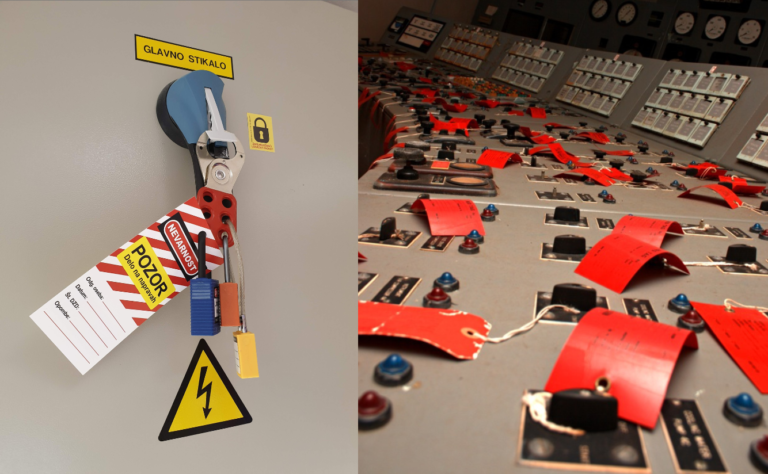
Lockout/Tagout (LOTO) procedures are critical when working on electrical systems. These procedures ensure that equipment is de-energized, isolated, and clearly marked to prevent accidental re-energization during maintenance or repairs. Engineers should strictly follow LOTO protocols to prevent electrical accidents.
Effective Communication and Collaboration
Effective communication and collaboration among team members are crucial for maintaining electrical safety. Engineers should clearly communicate hazards, safety protocols, and emergency procedures to their colleagues and ensure everyone is on the same page. Encouraging an open and proactive safety culture fosters a safer work environment.
Regular Equipment Inspections and Maintenance
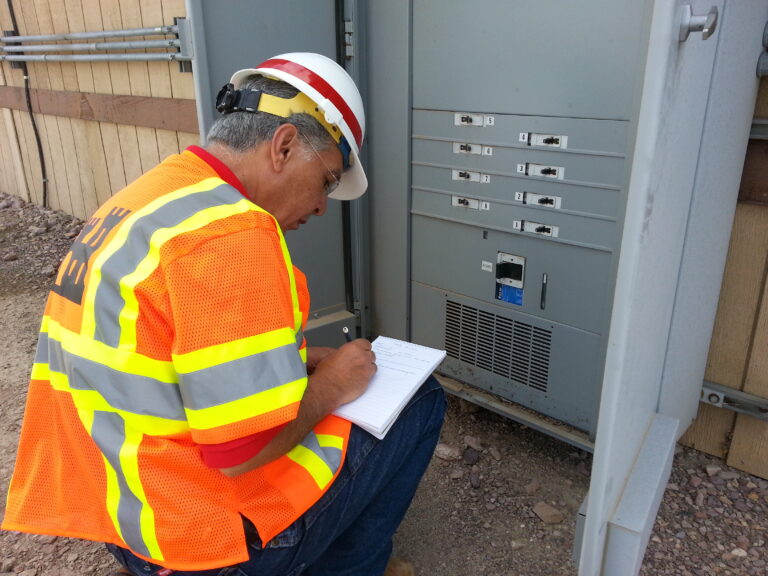
Electrical equipment, such as panels, switches, and cables, should undergo regular inspections and preventive maintenance. Engineers should schedule routine checks, identify signs of wear and tear, and address any issues promptly. Timely maintenance helps prevent equipment failure and potential safety hazards.
Maintain Clear Documentation
Maintain accurate and up-to-date documentation of electrical systems, including circuit diagrams, equipment specifications, and maintenance records. This information is crucial for troubleshooting, expansion projects, and ensuring the safety of future maintenance personnel.
Encourage Reporting of Near Misses and Incidents

Create a culture that promotes reporting of near misses, incidents, and potential safety hazards. Encourage open communication among team members to foster a proactive approach to safety. Investigate incidents and near misses thoroughly, identify root causes, and implement corrective actions to prevent future occurrences.
Plan for Emergencies
Developing a comprehensive plan for emergencies is a vital component of ensuring electrical safety. By conducting a thorough risk assessment, establishing an emergency response plan, maintaining emergency equipment like fire extinguishers & first aid kits, establishing effective communication channels, coordinating with emergency services, and regularly testing and reviewing the plan, you can effectively mitigate risks and respond promptly and efficiently in critical situations. Prioritizing emergency preparedness not only safeguards lives and property but also enhances overall electrical safety in the workplace.
Conclusion
Electrical safety is not an option but a necessity in the field of engineering. By implementing best practices and adhering to established guidelines, engineers can create a safer working environment, reduce the risk of accidents, and protect lives. Prioritizing safety from the design phase to routine maintenance ensures the longevity and reliability of electrical systems. Remember, safety is a collective responsibility, and every engineer plays a vital role in promoting a culture of electrical safety. Let’s commit ourselves to these best practices and guidelines and make electrical safety an integral part of our professional journey. Stay tuned to PowerGenius for more valuable insights into the world of electricity and engineering excellence.

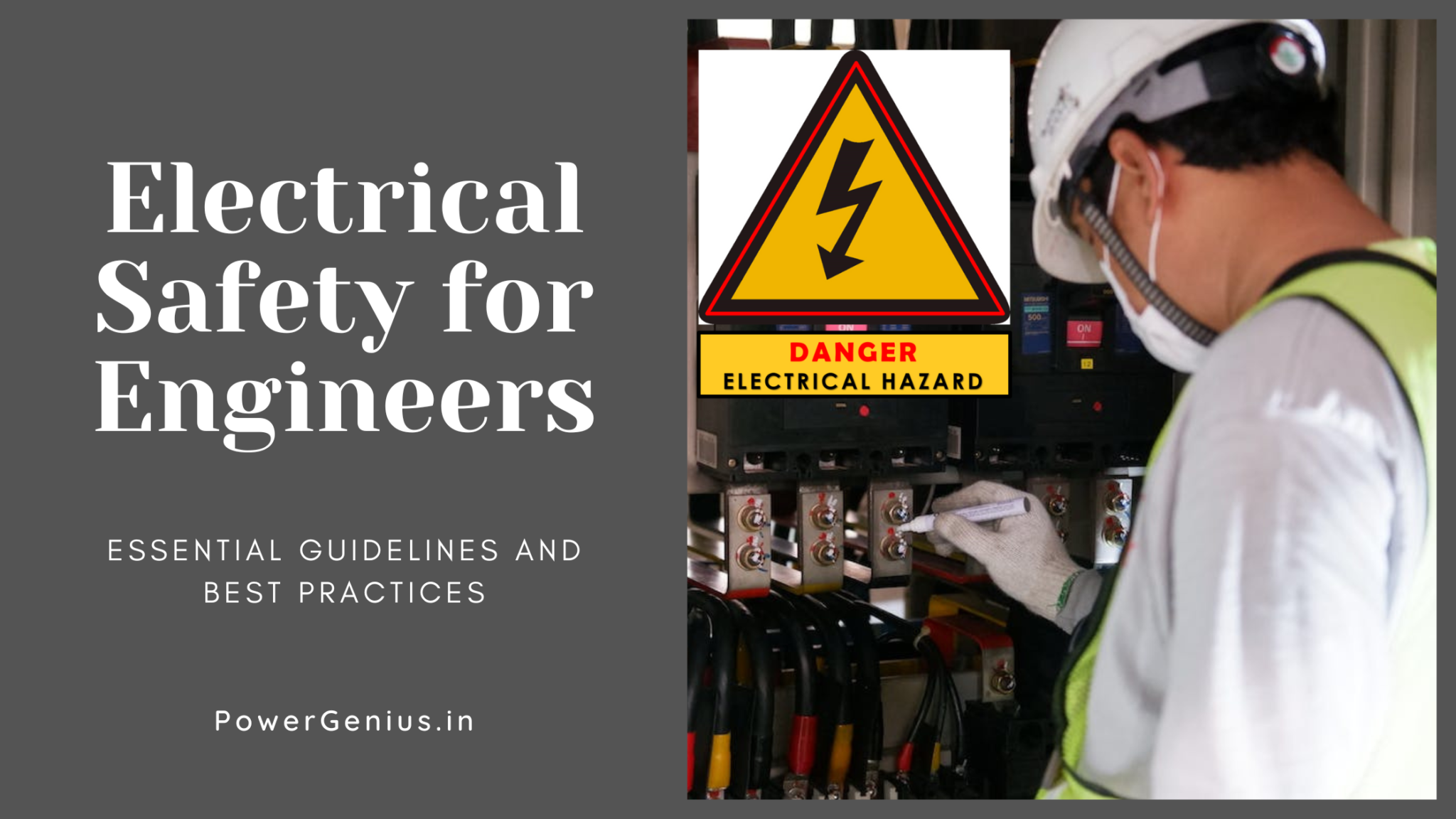
1 thought on “Electrical Safety for Engineers: Essential Guidelines and Best Practices”